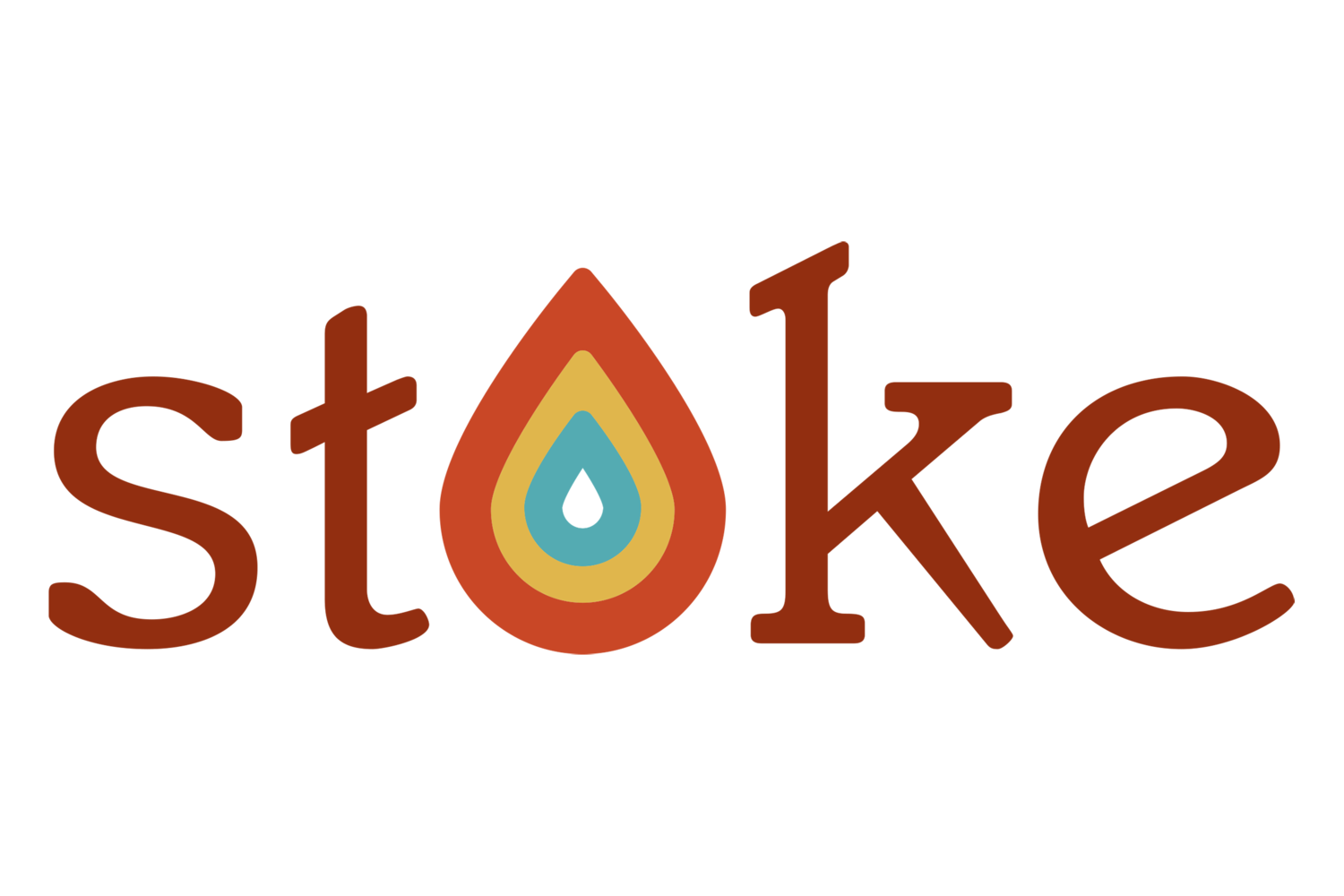Originally published September 2019, updated July 2020
This blog was originally published pre-COVID. During pandemic times, burnout has transformed into a different kind of animal coupled with decision fatigue that didn’t necessarily exist before we had to weigh decisions related to the current global pandemic. What are the ethical implications of ordering delivery for dinner or your groceries? What is the best way to distance but stay sane if you’re an extrovert?
Navigating how to exist in this new world and state of affairs can be exhausting, especially with many having to navigate new tasks at home and new ways of working.
“Figuring out how to structure your day or prioritize tasks now seems herculean, especially when your home, once your sanctuary, now potentially triples as an office, school and quasi-prison. This decision fatigue, combined with the pressure we’re putting on ourselves to make smart, safe choices for ourselves, our families and our communities, can lead to pandemic-specific burnout.”
Burnout can look like having the Sunday blues, dreading Monday and the work week. You’re exhausted just thinking about the upcoming meetings and calls that you’ve scheduled out for yourself. You tell yourself, “I’ve living the dream!” but you’re still yawning. The work that you once approached enthusiastically now seems to require five cups of coffee just to open and respond to the emails in your inbox.
Maybe these are exaggerations, or maybe it’s your reality.
Whether you’re an employer, an employee, or self-employed, burnout can have serious consequences for your productivity and work performance, making the difference between operating a thriving business or one that will have to close its doors.
What Is Burnout?
“Burnout” isn’t just a buzzword to prompt you to take yoga classes or practice types of self-care that temporarily or superficially help you (retail therapy is a popular one); it’s a real health issue that is related to gastrointestinal issues, high cholesterol, type 2 diabetes, and heart disease. Wearing exhaustion as a badge of honor and as proof of commitment to your passion and work has become too common.
Though tiredness at work and difficulty concentrating are normal, more frequent or chronic fatigue and continuous stress can affect you for the long-term. Burnout can manifest as physical, mental, and emotional exhaustion. Research shows that burnout is a three-component syndrome that arise as responses to stressors from the job or workplace; these symptoms are exhaustion, cynicism, and inefficacy.
Exhaustion: physical, cognitive, and emotional fatigue
Cynicism: feeling detached, distanced, and negative about work and colleagues
Inefficacy: feeling incompetent or like you lack achievement or productivity
“Burned-out employees are 63% more likely to take a sick day and 2.6 times as likely to be actively seeking a different job. And even if they stay, they typically have 13% lower confidence in their performance...” And if you’re self-employed, you’re in the role of both employee and manager. Does that equal double burnout? As rewarding as building your own schedule, hustling during the busy seasons, and working for yourself can be, it can also be time-consuming, draining, and weigh you down with responsibility.
Teachers, therapists, and counselors, those working in what’s considered “helping” professions, are often the most typically burned out, but anyone can experience burnout for various reasons: overworking due to work-related anxiety, lacking autonomy at work, feeling “stuck,” dealing with distressing situations or material, feeling unfulfilled in their line of work, and a number of other things.
How Do You Alleviate or Prevent Burnout?
You can take small steps to keep burnout at bay as well as implement more in-depth and collaborative measures to mitigate burnout’s effects. “Burnout can often feel insurmountable. But the sense of being overwhelmed is a signal, not a long-term sentence.” It helps to approach burnout as something that you can change.
Some common solutions for burnout include prioritizing self-care (whatever that might look like to you), shifting your perspective in work/personal life situations, limiting exposure to stressors, and connecting with others. You’ve likely seen calls to “take up a new hobby” or “finish your home projects” during the pandemic, but if that’s more anxiety-inducing and stressful than an enjoyable prospect, then that’s not the right self-care path for you.
Prioritize self-care
Assess your time and genuinely reflect on what activities replenish your physical and emotional energy.
Shift your perspective
Consider what you can change about your situation, like delegating tasks to others or what tasks you can take control of that are more fulfilling.
Reduce exposure to job stressors
Target high-stress activities or relationships and re-set expectations and rules.
Seek out connections
Identify strong partners, mentors, and supporters with whom you can grow personally and professionally, and commiserate with when you need to.


